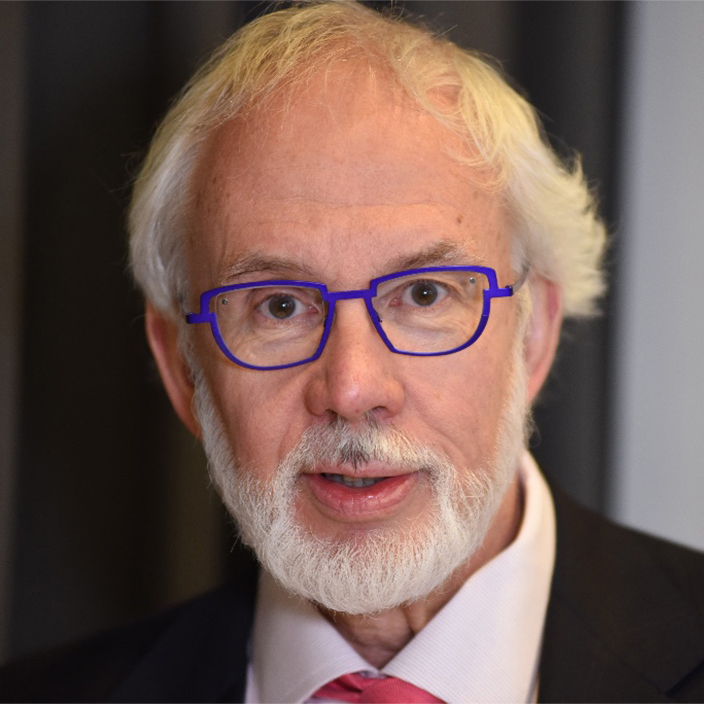The Sustainable Development Goals need rescuing, a global sustainable investors group warned recently.
The SDGs are a collection of 17 interlinked goals ranging from decent work and economic growth to climate action. Launched by the United Nations in 2015, they were intended to provide a roadmap to global prosperity by 2030.
But they are in peril. The yearly gap in financing the SDGs for developing countries is estimated at $2.5 – 3.6 trillion per year, with the lion’s share of this investment needed for sustainable infrastructure in the global South. Development capital in the form of aid and public funds can, at most, cover half of this gap. The Global Investors for Sustainable Development (GISD) Alliance, a group of companies and asset owners that control $16 trillion in funds, says that the SDGs could fall further behind as states are forced to prioritize short-term necessities amidst the multiple macroeconomic crises roiling the global economy.
PwC’s latest survey of corporate directors substantiates this concern. Nearly two-thirds of the 704 board directors from companies across 12 industries surveyed reported that an economic downturn would reduce shareholders’ focus on carbon emissions and climate change, and increase their attention on capital allocation, long-term strategic initiatives and short-term stock performance.
Making progress
The good news is that the powerful companies and investors in the GISD Alliance have taken steps to reduce “SDG washing” and mobilize funds toward the SDGs. For example, GISD has developed standardized criteria to qualify investments that are aligned with the SDGs and published a guide to assist asset owners and asset managers in developing strategies for investing in sustainable development.
An analysis by the the Business & Sustainable Development Commission found that pursuing SDG-aligned business models could create up to $12 trillion of additional market value and increase employment by up to 380 million jobs by 2030.
The ICGN-GISD Alliance Model Mandate includes a rich array of sample contract clauses that would require asset managers to further the SDGs through sector-specific weightings, targets and benchmarks, exclusions, disclosure requirements, strategic engagement, and fee structures and remuneration, inter alia. Asset owners would benefit from considering these techniques for aligning their asset managers with their responsible investing goals.
Even more encouraging is the GISD’s current work to harness blended finance and transform incentives to support the SDGs. Specifically, GISD is developing a blended finance instrument that will allow multilateral development banks and institutional investors to co-fund sustainable infrastructure in developing economies and integrate the SDGs into indices, benchmarks, and remuneration frameworks.
Trade-offs
Worthy though these efforts are, there is a largely undiscussed elephant in the room: the inevitable reality of tradeoffs. There is virtually no mention of this in the GISD’s joint statement. But it is an obvious constraint. We note that the United Nations Development Programme (UNDP) acknowledges that “action in one area will affect outcomes in others and that development must balance social, economic, and environmental sustainability.” While not an explicit recognition of tradeoffs, it does say “balance.”
Optimizing across 16 objectives (setting aside SDG #17, Partnerships for the Goals), is virtually impossible. Choices must be made. While there are clearly synergies across some SDGs, this will not always be the case. For example,there is a tension between SDG #8 on Decent Work and Economic Growth and SDG #13 Climate Action. A new manufacturing plant, for example, might create well-paying jobs and economic growth, but have negative implications for the environment. Other SDGs might be more mutually reinforcing, such as SDG #12 Responsible Production and Consumption and SDG #13.
The necessity to deal with tradeoffs becomes evident when looking at the company level since private capital will have to make up the bulk of the shortfall in funding for the SDGs. While some of this money can be direct investments into things like infrastructure projects much, if not most, of it must come from investments made by companies themselves using shareholder capital.
SUBSCRIBE TO OUR NEWSLETTER
Subscribe our newsletter to receive the latest news, articles and exclusive podcasts every week


